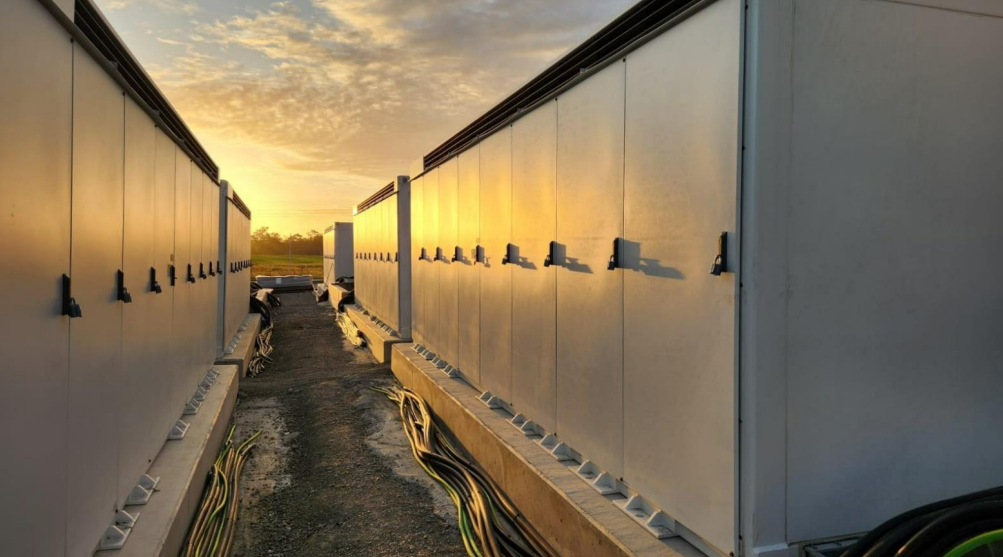
Vena fine tuning its Bellambi Heights BESS plans
Published Date : 2024-March-15, Friday
Vena Energy has further refined its Bellambi Heights Renewable Project making several significant modifications to its proposal, which will now become a battery energy storage system project only.
The primary changes include removal of solar generation capacity from the project leading to a reduction in the development footprint from 305ha to approximately 25ha, and an increase in the BESS capacity from 200 MW to approximately 408 MW.
The original concept, for what was first called the Gulgong Solar Farm project, was for 500 MW of solar generation and a 600 MW BESS to be built over three stages and across four non-contiguous properties totalling 820ha.
This concept became the Bellambi Heights Renewable Project in 2021 with a reduction in the solar farm capacity to 200 MW, and a reduction in BESS capacity to 200 MW on a development area of 305ha, planned to be built in a single stage of development.
A Scoping Report for the Bellambi Heights Renewable Project was submitted to the NSW DPE in early 2022 for this project, which included a switching station for connection to the existing Wollar to Wellington 330kV transmission line.
Following consequent environmental investigations completed in 2022, Vena further refined the project parameters and decided to remove the large-scale solar generation component from the project.
Vena said the primary reasons for the removal of the large-scale solar generation component were “a reduction in developable area within the site… on the basis of environmental investigations and constraints analysis”.
The development footprint for solar generation was reduced from 305ha to around 224ha “to avoid important native and riparian vegetation, watercourses and areas that were modelled as subject to flood hazards in parts of the site that were not compatible with the development”.
This reduction in the development footprint meant that a solar farm with a reduced size and generation capacity in the project area was not feasible.
Vena has submitted a revised scoping report for its Bellambi Heights BESS to the state planning authority.
Vena is not the only developer who has removed a solar farm component from their original plans to concentrate on BESS-only projects. AEMO has received applications to remove the solar farm component from FRV Services Australia’s Chaff Mill Solar Farm in Mintaro South Australia, and BrightNight Power’s Mortlake Energy Hub in Victoria.

